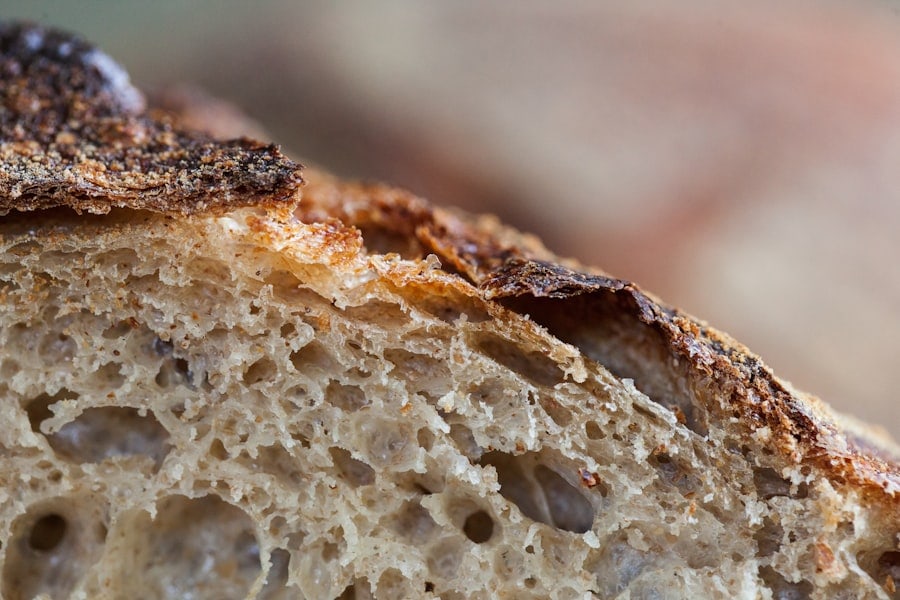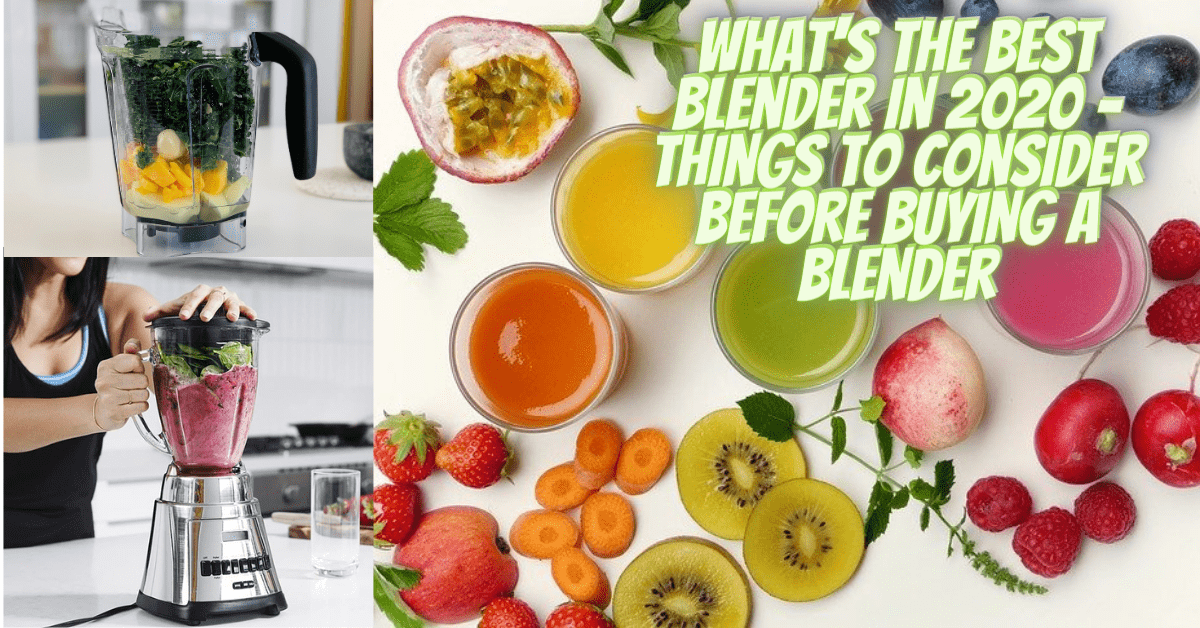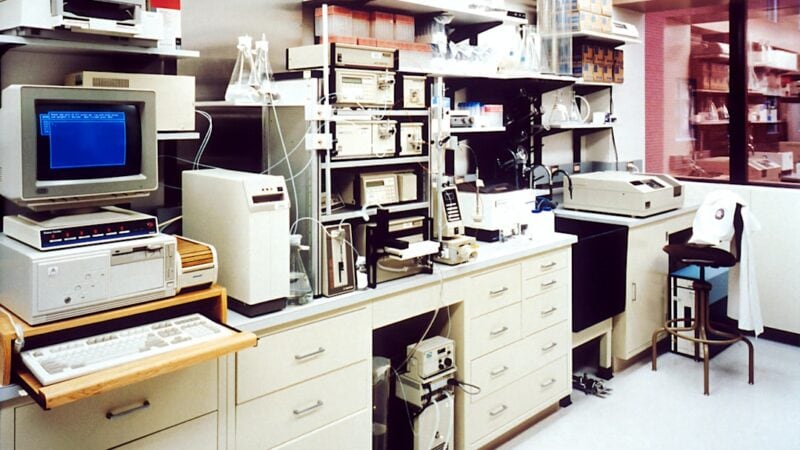Hidden Sources of Gluten: How to Identify and Avoid Them

Gluten is a protein found in wheat, barley, and rye that gives dough its elasticity and helps it rise. For individuals with celiac disease or gluten sensitivity, consuming gluten can cause a range of symptoms, including digestive issues, fatigue, and skin problems. It is important for those with these conditions to understand the hidden sources of gluten in everyday products to avoid potential health risks.
Table of Contents
Key Takeaways
- Gluten is a protein found in wheat, barley, and rye.
- Gluten can be found in unexpected sources such as soy sauce, beer, and even some medications.
- Processed foods are a common culprit for containing gluten.
- Sauces, dressings, and condiments may also contain gluten.
- Gluten can be found in non-food products such as adhesives and paints.
- To avoid hidden sources of gluten, read labels carefully and look for gluten-free certifications.
- Choose whole foods and cook from scratch whenever possible.
- Be cautious when dining out and ask about gluten-free options.
- Consider using gluten-free personal care products and children’s products.
- Consult with a healthcare professional if you suspect you have a gluten intolerance or sensitivity.
Understanding the Basics of Gluten
Gluten is a mixture of proteins found in wheat, barley, and rye. It is responsible for the elastic texture of dough and helps it rise during baking. There are different types of gluten proteins, including gliadin and glutenin, which can have varying effects on the body.
For individuals with celiac disease, consuming gluten triggers an immune response that damages the lining of the small intestine. This can lead to a range of symptoms, including abdominal pain, diarrhea, and weight loss. In some cases, it can also cause nutrient deficiencies and long-term health complications.
Those with non-celiac gluten sensitivity may experience similar symptoms to those with celiac disease but without the intestinal damage. These individuals may also experience symptoms such as headaches, joint pain, and fatigue.
Unexpected Sources of Gluten in Food
While it may be obvious that breads and pastas contain gluten, there are many other foods that may also contain hidden sources of gluten. For example, soy sauce often contains wheat as an ingredient. Processed meats such as sausages and deli meats may also contain gluten as a filler or binder.
Cross-contamination is another concern when it comes to hidden sources of gluten. In restaurants, shared cooking surfaces or utensils can lead to unintentional exposure to gluten. The same can happen at home if gluten-containing products are prepared in the same kitchen as gluten-free foods.
To avoid hidden sources of gluten in food, it is important to read labels carefully and ask questions when dining out. Many restaurants now offer gluten-free menus or can accommodate special dietary needs. It is also helpful to educate friends and family members about the importance of avoiding cross-contamination.
Gluten in Processed Foods: A Common Culprit
Processed foods often contain gluten as a filler or thickener. This is especially true for frozen dinners, snack foods, and packaged desserts. These products may contain ingredients such as wheat flour or modified food starch, which can contain gluten.
To find gluten-free alternatives to processed foods, it is important to read labels and look for products that are specifically labeled as gluten-free. Many grocery stores now have dedicated sections for gluten-free products, making it easier to find suitable options.
Gluten in Sauces, Dressings, and Condiments
Sauces, dressings, and condiments can also be hidden sources of gluten. Ingredients such as soy sauce, malt vinegar, and wheat flour are commonly used in these products. It is important to read labels carefully and look for gluten-free alternatives.
In some cases, it may be necessary to make homemade versions of sauces, dressings, and condiments to ensure they are gluten-free. There are many recipes available online that use alternative ingredients such as tamari (gluten-free soy sauce) or apple cider vinegar.
Gluten in Beverages: Beer, Wine, and More

Beer is a well-known source of gluten due to its use of barley as an ingredient. However, some types of wine may also contain gluten if they are aged in barrels that previously held wheat-based spirits. It is important to check with the manufacturer or do research to determine if a specific wine is gluten-free.
There are many gluten-free alcoholic beverage options available, including gluten-free beers made from alternative grains such as sorghum or rice. Hard ciders and certain types of spirits such as vodka and tequila are also typically gluten-free.
It is also worth noting that certain types of tea and coffee may contain gluten if they are flavored or processed with gluten-containing ingredients. It is important to check labels or contact the manufacturer to ensure these products are gluten-free.
Hidden Gluten in Medications and Supplements
Medications and supplements can be hidden sources of gluten, as they may contain gluten as a filler or binder. It is important to check with a doctor or pharmacist before taking any new medication or supplement to ensure it is gluten-free.
There are resources available that provide information on gluten-free medications and supplements. It is also helpful to ask the pharmacist to double-check if a specific product is gluten-free, as they have access to detailed ingredient information.
Gluten in Personal Care Products: Shampoo, Soap, and Cosmetics
Personal care products such as shampoo, soap, and cosmetics can also contain gluten as a thickener or binder. This can be a concern for individuals with celiac disease or gluten sensitivity, as these products can come into contact with the mouth or be absorbed through the skin.
Common personal care products that may contain gluten include lipstick, lip balm, and toothpaste. It is important to read labels carefully and look for products that are specifically labeled as gluten-free.
There are resources available that provide information on gluten-free personal care products. It may also be helpful to contact the manufacturer directly to inquire about specific products.
Gluten in Play-Doh and Other Children’s Products
Children’s products can also be hidden sources of gluten. Play-Doh, for example, contains wheat flour as an ingredient. Some types of crayons may also contain gluten as a binder.
To avoid hidden sources of gluten in children’s products, it is important to read labels carefully and look for alternatives that are specifically labeled as gluten-free. There are gluten-free versions of Play-Doh available, as well as alternative brands of crayons that do not contain gluten.
Gluten in Non-Food Products: Adhesives, Paints, and More
Non-food products such as adhesives, paints, and glues can also contain gluten as a binder or filler. This can be a concern for individuals with celiac disease or gluten sensitivity, as these products can come into contact with the skin.
To avoid hidden sources of gluten in non-food products, it is important to read labels carefully and look for alternatives that are specifically labeled as gluten-free. There are gluten-free options available for many non-food products, including adhesives and paints.
Tips for Identifying and Avoiding Hidden Sources of Gluten
To identify and avoid hidden sources of gluten, it is important to read labels carefully and ask questions when necessary. Many products now have clear labeling indicating whether they are gluten-free or not.
There are also resources available that provide information on gluten-free products and restaurants. Websites and apps can help individuals find gluten-free options in their area or when traveling.
To avoid cross-contamination at home, it is important to have separate cooking utensils and surfaces for gluten-free foods. It may also be helpful to educate family members about the importance of avoiding cross-contamination.
When dining out, it is important to communicate dietary needs to the server and ask questions about how dishes are prepared. Many restaurants now offer gluten-free menus or can accommodate special dietary needs.
Understanding hidden sources of gluten is crucial for individuals with celiac disease or gluten sensitivity to maintain a healthy lifestyle. By reading labels, asking questions, and advocating for gluten-free options, individuals can avoid potential health risks and enjoy a wide variety of safe and delicious foods. It is important to continue learning about hidden sources of gluten and sharing this knowledge with others to promote awareness and understanding.
If you’re interested in learning more about hidden sources of gluten and how to identify and avoid them, you might find this article on TurnToBeHealthy.com helpful. It discusses the importance of Vitamin B in our lives and how it functions. Understanding the role of Vitamin B can be crucial when it comes to maintaining a gluten-free diet. Check out the article here for more information.
FAQs
What is gluten?
Gluten is a protein found in wheat, barley, and rye that can cause an immune reaction in people with celiac disease or gluten sensitivity.
What are hidden sources of gluten?
Hidden sources of gluten are ingredients or products that contain gluten but are not immediately obvious. Examples include soy sauce, certain medications, and processed foods.
How can I identify hidden sources of gluten?
To identify hidden sources of gluten, it is important to read ingredient labels carefully and look for words like “wheat,” “barley,” and “rye.” Additionally, some products may have a “gluten-free” label, but it is still important to check the ingredient list.
What are some common foods that contain gluten?
Common foods that contain gluten include bread, pasta, cereal, and baked goods. However, gluten can also be found in unexpected foods like beer, soy sauce, and some types of candy.
What are the symptoms of gluten sensitivity?
Symptoms of gluten sensitivity can include digestive issues like bloating, diarrhea, and constipation, as well as fatigue, headaches, and joint pain.
Is it necessary to avoid gluten if I don’t have celiac disease or gluten sensitivity?
There is no need to avoid gluten if you do not have celiac disease or gluten sensitivity. However, some people choose to avoid gluten for personal reasons or to follow a gluten-free diet for other health reasons.






